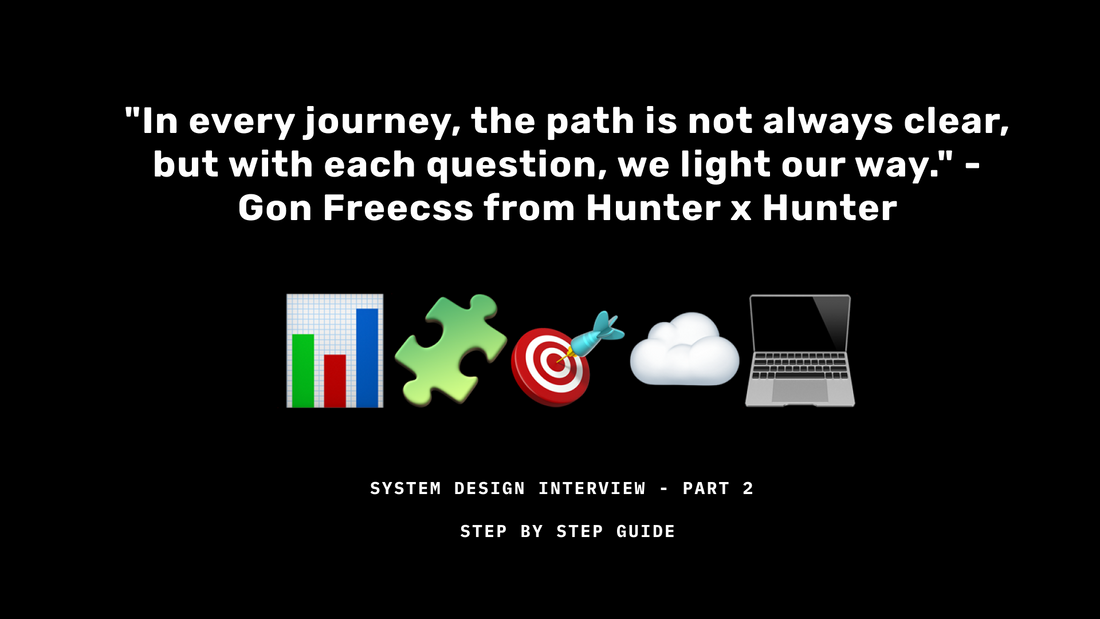I thought I'd elaborate on the my previous post on how to pass your next system design interview. These candidates also have a structured approach to system design interviews. This additional guide is designed to take you through the systematic steps successful candidates follow, ensuring no stone is left unturned in preparing for your interview.
The Systematic Approach to System Design Interviews
Step 1: Clarify requirements

Before diving into the technicalities, it’s vital to establish a clear understanding of what you’re being asked to design. This involves dissecting the problem statement, clearing up ambiguities, and gathering as much information as possible about the system's intended functionalities and constraints. Distinguishing between functional and non-functional requirements early on can significantly streamline your design process. Remember, the quality of your questions can be as revealing as your answers, so engage with the interviewer to uncover the system's core features, user demographics, interaction modes, and any external dependencies it may have.
Step 2: Understand the scale of things 
With a firm grasp of the system requirements, the next logical step is to estimate its capacity needs. This phase is about understanding the scale at which the system is expected to operate, which directly influences your design choices. From daily active users to data storage and network bandwidth requirements, developing an early capacity model helps you address scalability from the get-go. This foresight ensures that the architecture you propose can handle not just the current load but also future growth.
Step 3: Have a rough draft

Now, translate your understanding and capacity estimates into a high-level design. This involves breaking down the system into its fundamental components—front end, back end, databases, caches, and any external services. Sketch a simple block diagram that outlines these components and their interactions, ensuring to illustrate the flow of data through the system. This visual representation acts as a roadmap, guiding further discussions and refinements.
Step 4: Don't forget the database design

A system's efficiency is often as good as its underlying data model. Thus, choosing the right storage solutions and designing an optimal schema are crucial steps. This includes deciding between relational and NoSQL databases based on your data's nature, scalability requirements, and the need for consistency. Furthermore, your database design should reflect the system's primary data entities, their relationships, and the common access patterns they'll support.
Step 5: Design API and protocols

The APIs and communication protocols you choose dictate how seamlessly the system's components interact with each other and with external clients. Whether you opt for REST, GraphQL, or RPC, the aim is to ensure your API is intuitive, efficient, and scalable. Pay attention to the data formats and protocols you'll employ, balancing factors like performance, security, and developer ergonomics.
Step 6: Don't skip over key components

Expect the interview to zoom in on specific system components or aspects. This could range from database optimization strategies, like sharding and replication, to scaling web servers or managing single points of failure. Your ability to discuss these components in detail, including their trade-offs and the rationale behind your choices, will be under scrutiny.
Step 7: Be proactive about key issues and bottlenecks 
Finally, be prepared to tackle core challenges related to scalability, performance, reliability, and security. Demonstrating a proactive approach to these common pitfalls, through strategies like caching, data replication, and comprehensive monitoring, will underscore your capacity to design robust systems.
It's more than your technical knowledge at this point

This systematic approach to system design interviews is about more than technical knowledge—it's about demonstrating your ability to engage with complex problems thoughtfully and methodically. By clarifying requirements, estimating capacity, and meticulously designing each layer of the system, you position yourself as a candidate who not only grasps the technicalities but also understands the broader implications of design choices. Remember, your goal is to communicate a clear, coherent vision of the system that aligns with the requirements and constraints at hand.
If you found this useful, please share it with others.
PS: Hope you liked the Anime gifs as much as I do 😁

